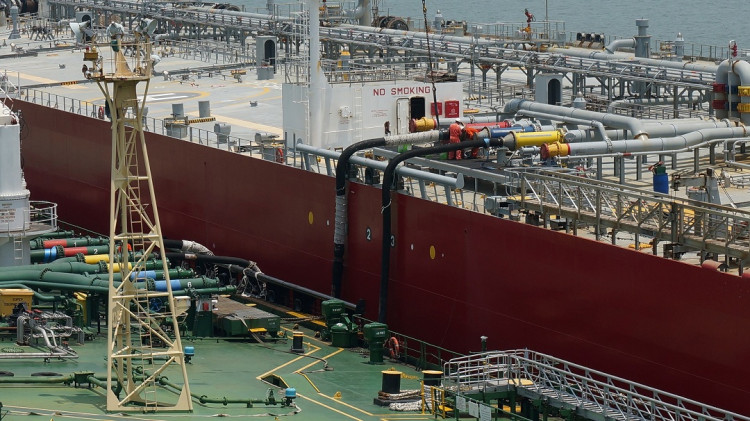Oil prices saw a notable rise on Wednesday, spurred by a significant decline in U.S. crude inventories, although gains were tempered by broader concerns over global supply and demand dynamics. Brent crude futures increased by $1.10, or 1.3%, to settle at $87.34 per barrel, while U.S. West Texas Intermediate (WTI) crude futures gained $1.07, or 1.3%, closing at $83.88 per barrel.
The U.S. Energy Information Administration (EIA) reported a substantial draw of 12.2 million barrels in the nation's crude oil stocks last week, far exceeding analysts' expectations of a 680,000-barrel draw. This unexpected reduction in inventories was attributed to strong exports, a slight drop in imports, and increased refinery activity.
"Strong exports, a slight drop in imports, and a rebound in refinery runs colluded to draw crude inventories by a whopping 12 million barrels," noted Matt Smith, lead oil analyst at Kpler.
Despite this bullish inventory data, trading volumes were muted ahead of the U.S. Independence Day holiday, which limited the market's reaction. The potential impact of Hurricane Beryl also kept prices elevated, although the U.S. National Hurricane Center later projected that the storm would weaken before reaching the Gulf of Mexico, reducing concerns over significant supply disruptions.
Andrew Lipow, president of Lipow Oil Associates, commented on the situation: "The rain and wind impacts could still disrupt Mexico's offshore oil production as well as its export infrastructure and tighten supply."
However, broader market dynamics exerted downward pressure on prices. OPEC's output increased for the second consecutive month in June, according to a Reuters survey. Higher production from Nigeria and Iran offset voluntary supply cuts by other OPEC members and the wider OPEC+ alliance.
"OPEC+ was reported to have increased production in June despite pledges to keep quotas in check through the third quarter, and lingering concerns over a tepid recovery in China sent a bearish signal," said Panmure Gordon's Kelty.
Further dampening market sentiment were surveys indicating that China's services activity expanded at the slowest pace in eight months in June, with business confidence hitting a four-year low. As the largest importer of crude, a slowdown in China's economic activity could significantly impact global oil demand.
In the U.S., the market saw a notable uptick in gasoline demand ahead of the Fourth of July holiday. Gasoline inventories fell by 2.2 million barrels, driven by higher refinery runs and increased consumer demand as gas stations stocked up for the holiday weekend.
"Both gasoline and distillates also showed draws despite higher refinery runs, with implied demand higher for both-particularly for gasoline-as gas stations stocked up ahead of the Independence Day holiday weekend," added Smith.
Despite the robust demand in the U.S., other factors such as global economic uncertainty and mixed signals from major oil producers continued to create a volatile market environment. The oil market's reaction to inventory data and potential supply disruptions from weather events like Hurricane Beryl underscores the complex interplay of factors influencing prices.
Helima Croft, global head of commodity strategy at RBC Capital Markets, noted the changing dynamics of hurricane impacts on the oil market: "We used to think about hurricanes as unquestionably a potential bullish near-term development for oil markets; now the picture is not so clear."






